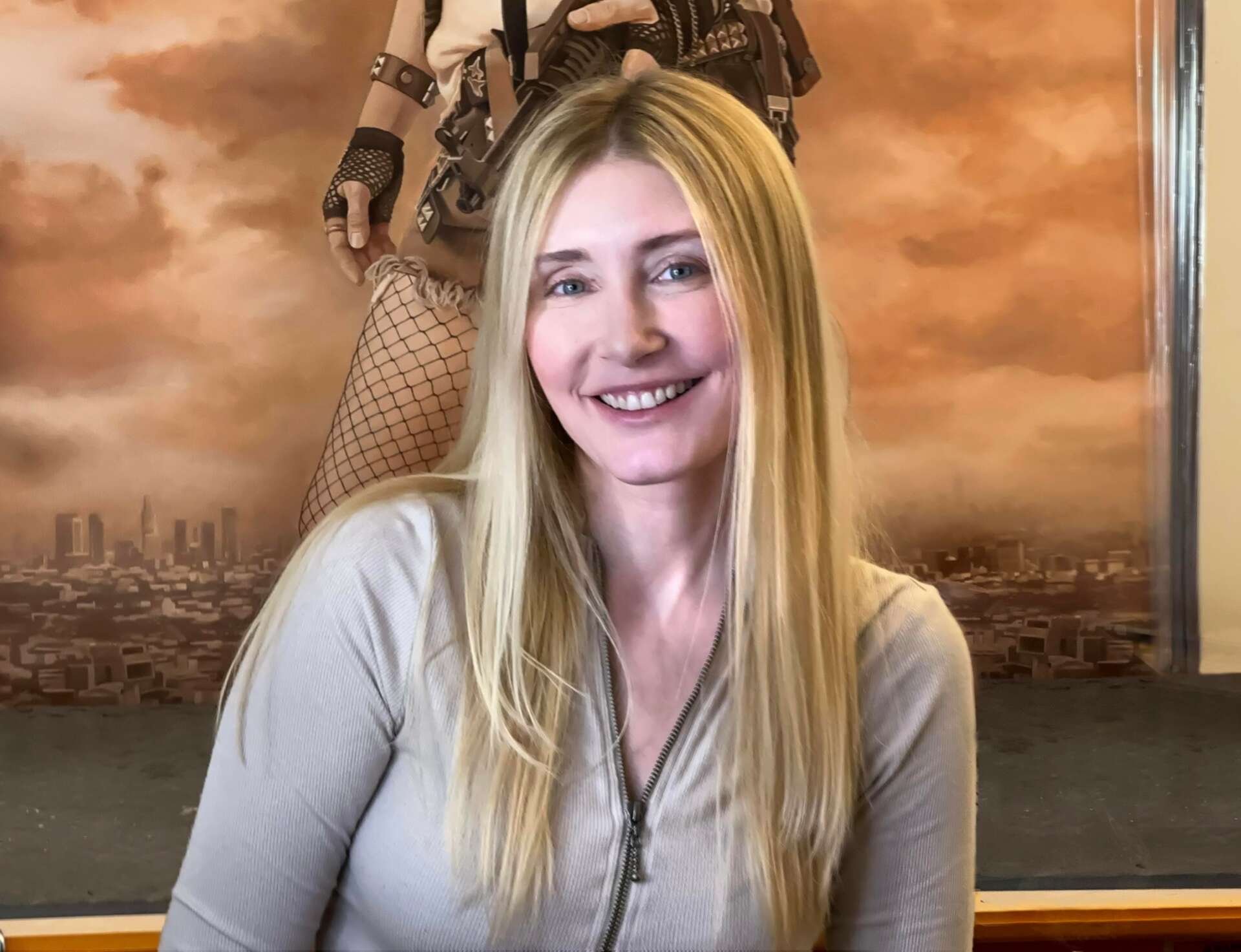We were lucky to catch up with Leigh Brooklyn recently and have shared our conversation below.
Leigh , thanks for taking the time to share your stories with us today What was the most important lesson/experience you had in a job that has helped you in your creative career?
I’ve worked as a teacher and that has definitely gotten me over any fear of public speaking. After yelling in a classroom trying to get everyone’s attention you lose the stage fright very quickly. It made it much easier for me when doing artist talks and presentations. Another thing that really helped me to get over my fear of approaching anyone and being able to talk to them was street photography. I used to do street photography in downtown Los Angeles and I would go up to random people and ask if I could take their picture for my art. About half would say no in which case I’d move onto the next person. That got me really used to rejection and getting over it. That skill became very useful when approaching galleries. If one says no, I just go onto the next one. I also like to think of my “no’s” as a “not right now” and I’ll re-approach them later if I have new work that I think could be a good fit. And the same if I don’t get into a juried show, I just reapply later. I spent a lot of time around salespeople and I realize part of it is a numbers game so I apply to a lot of things and approach a lot of people. It only takes meeting the one right person or getting that one opportunity to really change everything.
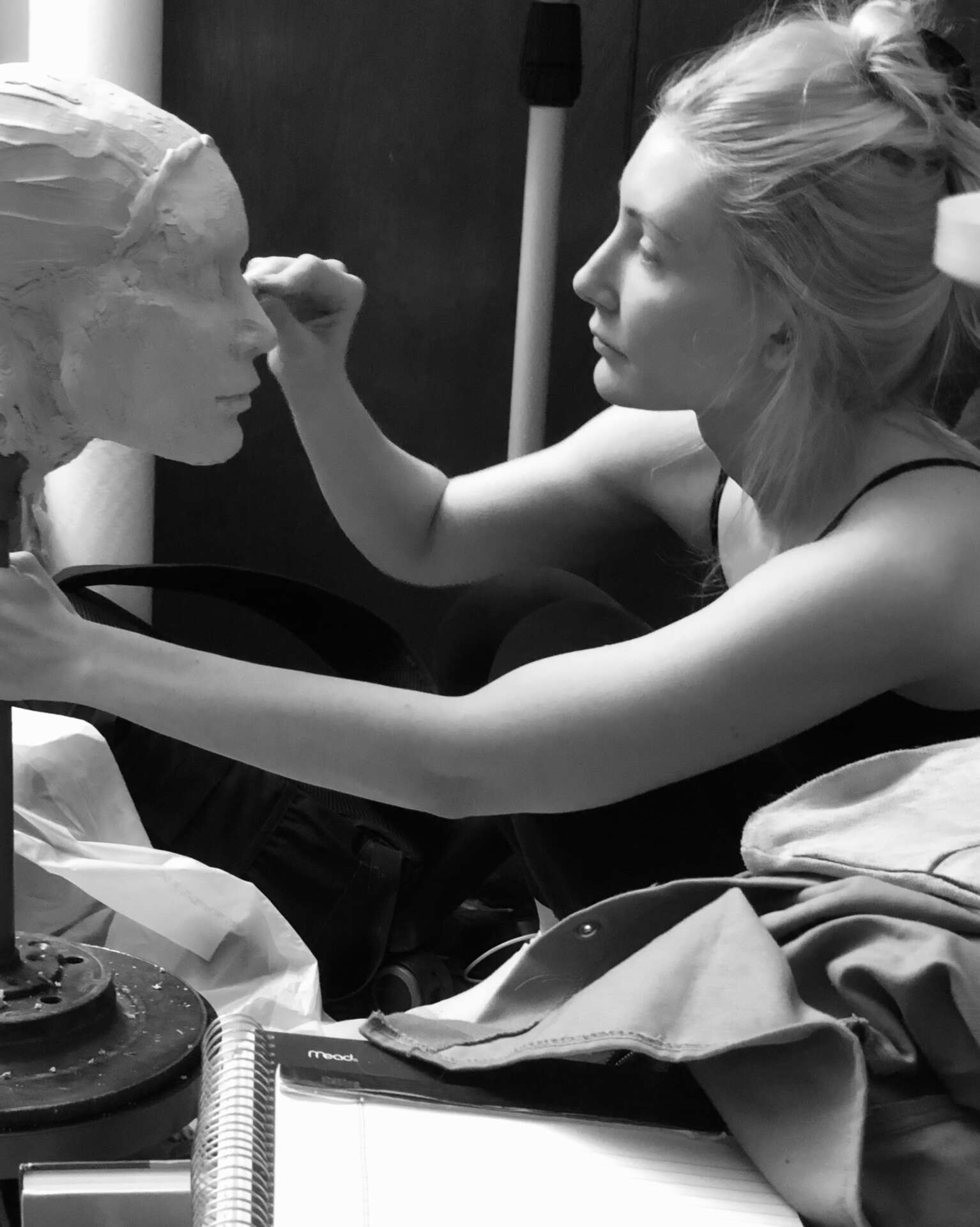
Leigh , love having you share your insights with us. Before we ask you more questions, maybe you can take a moment to introduce yourself to our readers who might have missed our earlier conversations?
I come from a very blue collar family, mainly farmers, factory workers, and military. We never went to galleries or museums growing up. All our family vacations were to things like war battlefields and monuments which I absolutely hated at the time, though perhaps that influenced my work today. The only exposure I had to the arts was through art at the local county fair or some kitschy magazine that sold art reprints and garden gnomes. I knew nothing and didn’t think it could be a career.
Then in high school an art teacher entered a painting into the Scholastics Art and Writing Awards without my knowledge and I received best of show and won at nationals. I realized then that maybe I was better than I thought. After that I did a whole series then of surrealistic self portraits and won countless awards in Scholastics locally and nationally and in many other competitions for my work during my last two years of high school. My junior year in high school I was finally able to go to New York for my art and my eyes lit up as I was seeing the art world for the first time. I was seeing all the galleries a museums in New York City for the first time. I felt like I finally found my calling and started looking at art schools that year. I knew I wanted to be an artist.
I earned a degree in Biomedical Illustration from the Cleveland Institute of Art in 2011 after being inspired to do forensic art. I saw on the news how someone was identified using a facial reconstruction from the skull and I thought that would be really cool to do. I bought a whole book on it before attending CIA. At school we did everything from working with the natural history museum to drawing cadavers and illustrating surgeries live in the operating room. It was a really cool and really challenging major. I interned with the Cleveland Clinic, several research facilities and created freelance illustrations for the Gastroenterology Department at University Hospitals.
Immediately after graduation I ended up moving around the country, I moved around 15 times during a 10 year period. Life was very “different” during that time and it was difficult to work, especially in the medical illustration field. But I did see a lot. I saw different art markets, I was able to visit Art Basel while living in Miami – which opened my eyes again, this time to the high end art market. When living in Los Angeles, seeing that I couldn’t pursue medical illustration, I began doing street photography to get reference material for figurative oil painting. I would street cast people and do shoots right there on the spot. That helped me with approaching people and accepting rejection because half the people would say no. I did manage to get some great material. I’d go through places like Skid Row and talk to a lot of people. My work at this time focused a lot on marginalized individuals and sharing their story. Eventually I ended up back in my hometown where I studied under a very well respected sculptor who taught me everything for clay sculpture to be used in making large scale bronze figures. The only thing I didn’t learn from him was the welding for the armatures.
In late 2019 I had a personal upheaval that changed the trajectory of my life. I lost about everything at that time and had to start my life over from below zero. Over the ten year period prior I had lost connections with about everyone I once knew and didnt know very many people anymore. I also hadn’t really worked during that time. It was a very challenging time. I realized that nobody was coming to rescue me and I had to get out there and make something happen. Nobody would help me if they didnt even know I existed. I started going to every art event I could to meet as many people as I could. Then a couple months later Covid happened and everything shut down. My whole life was turned upside down at this point but I didnt let that stop me, I continued entering art calls online. I was entering about five things a week. I tried to do all the virtual art talks that I could. Eventually stuff started opening up slowly and I was able to show my work in my city for the first time. That’s when my name really started to get out there again.
I started a new series at this time. I was going through so much and needed to surround myself with strong women. I decided I’d build this sort of army of women. I began reaching out to a few older friends that I hadn’t seen since high school and I started meeting new people that were referred to me. I asked them to model for a series titled “The Women’s Militia” and began dressing them as soldiers, photographing them in these different abandoned landscapes filled with colorful graffiti. It was so beautiful to see their expressions change when dressed as these modern day warriors. They became so empowered. I began using those images as reference for paintings, drawings and most recently sculpture. The series was to represent the strength of women despite all the battles we fight, and to show how much stronger we are when we come together.
I made the work about women’s role in contemporary society. I feel it’s important for work to reflect what is happening right now around us in our current timel. I created a piece titled “American Portrait” which was about some of the biggest mass shootings today and a piece titled “Pietà” referencing Michaelangelo’s famous sculpture under the lens of the Black Lives movement.
I expanded on the idea of the militarized female soldier and began painting on grenades creating, “Love Bombs” in early 2021 that touches on abuse and toxic situations. Love Bombing is a manipulation technique that a lot of abusers use to overwhelm their victims with gradiose displays of affection.
A lot of people go through so much silently on their own and I want them to know they’re not alone. I think people, women especially, relate to the work because we’ve all had to fight for something in our lives. We’re much stronger than society gives us credit for. We’re much stronger than we often give ourselves credit for.
I want to change the way women are portrayed in society and in art. We are more than a naked muse in the Metropolitan. In art women are portrayed as either a s*x object, a seductress, a mother or a monster. I’m tired of seeing the passive female that looks delicate because I personally don’t know any. The women I know are out there working, they’re smart and they’re empowered. Women deserve a new narrative.
Currently I’ve just started learning to carve stone. It’s something I’ve been wanting to do for a very long time and I’m absolutely loving it. I’m planning out a series that combines my skills in stone, clay, welding, painting and drawing. I plan to get more and more into sculpture in the future.
I have four shows lined up for 2024 already and can’t wait to see what opportunities 2024 has for me. I have to say, I’m very proud of how far I’ve come from where I was from only a few years ago. No matter how dark the night is, the sun will always rise again. I’m really looking forward to what the future holds.


Have any books or other resources had a big impact on you?
I listen to a lot of audio books. They’re great because I can multitask while I work or drive. I’ve read a lot of books on psychology, sales, body language, and persuasion. I’ve also been reading a lot of books on finance lately. I’ve read books on the business of art, really anything that I think is going to benefit my career, all non-fiction. One of my favorite books was a book called Grit, by Angela Duckworth about the power of passion and perseverance. Having grit is one of the biggest determinants of success, definitely an inspiring book to motivate you to keep chasing your dreams. I also listen to art podcasts. Some of my favorites for those are, The Great Women Artists, by Katy Hessel. She interviews lots of contemporary female artists and talks about the lives of female artists from the past. I love it, I think it’s fascinating and inspiring to hear what women have gone through to pursue their passions. I always get new ideas while listening to this. There’s also a podcast on sculpture called The Sculptor’s Funeral on YouTube that I just found out about. I love hearing about art history and the history of artist’s and finding ways to bring that into the new work I’m creating.

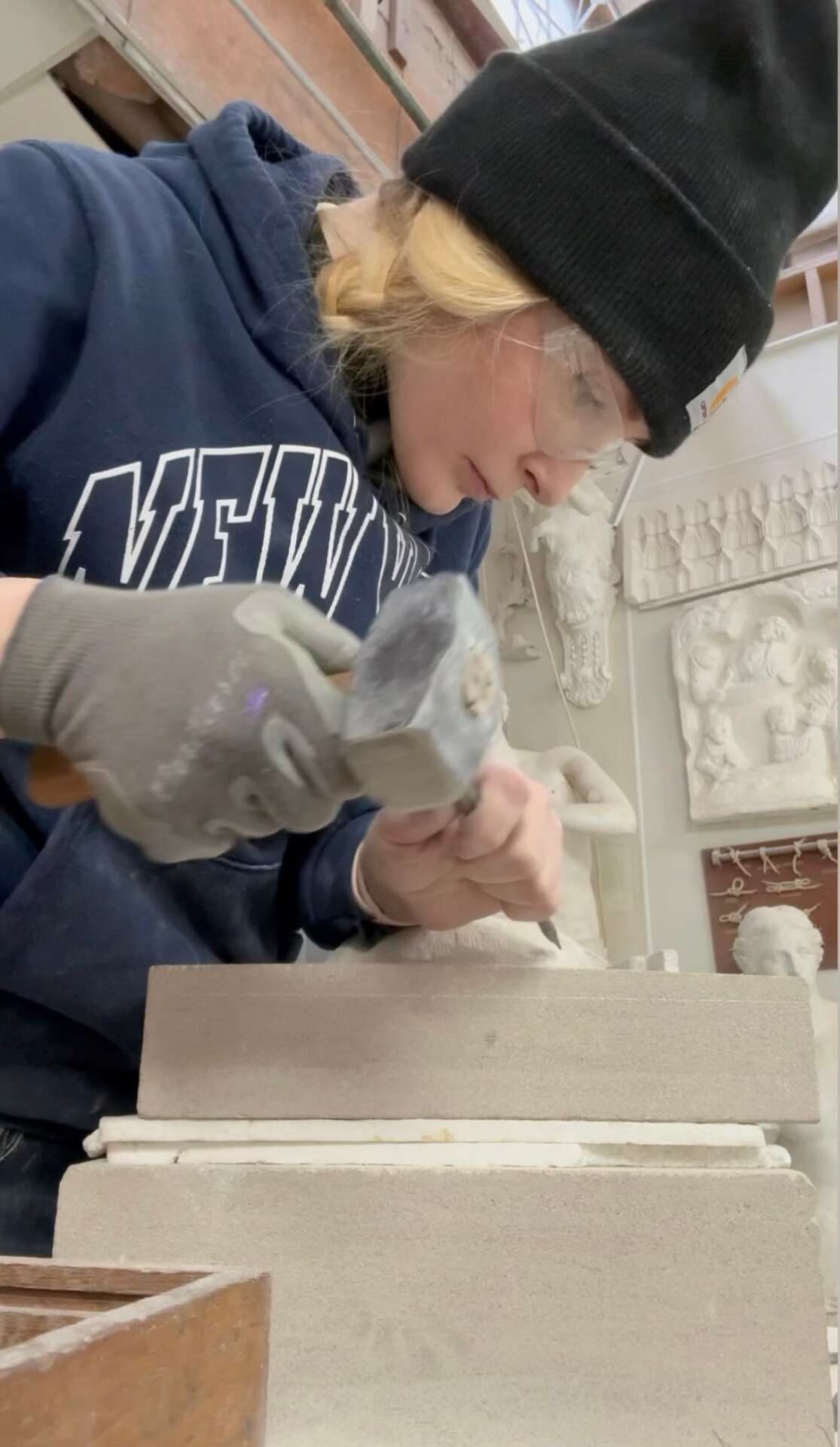
Is there something you think non-creatives will struggle to understand about your journey as a creative? Maybe you can provide some insight – you never know who might benefit from the enlightenment.
I think non-creatives really struggle to understand how much work and time goes into an art career. It is not a 9-5 job. It’s not even just a job, it’s a passion. It’s a part of the artist’s soul and it doesn’t get turned off once it’s time for dinner. I work 70+ hours a week. I think about it all day everyday. Laying in bed I might be researching artists and techniques online, or preparing a post or reel for the next day, or looking up more opportunities and art calls. At the gym I’m stopping my workout to write ideas down. In the car, I’m listening to podcasts on art history and running a business. And then there’s so much time in making a work of art. There’s the planning stages, pre-production and post-production. Let’s say I want to make an amazing life size renaissance style sculpture. First there’s coming up with a concept in your head. A rough sketch is made using your idea and lots of research. Then gathering wardrobe for a possible photoshoot, finding models, setting up times and a location to do the photoshoot or to have them come and pose. Roughing it out in a small clay sketch, then a larger more refined piece in clay, using that to transfer to stone, or molding it and casting it. Then photographing the finished piece, photoshopping and tweaking those images, and uploading them to your website. A lot of artists are making and running their own websites and social media. If the work is really detailed and really large it can take a whole year to make working full time just on the production part for one piece. On top of that, the work being created has never been done before, so things don’t always go to plan and you are constantly having to pivot and come up with solutions to whatever issues arise. And then all of the time lapse videos give the illusion to non-creatives that the work doesn’t take long when hours or even months of work are condensed down to three seconds.
Artists are the entire company, especially at the beginning of their career; production, shipping, public speaking, marketing, photographer, graphic designer, salesperson, writer, framer, accountant, all while looking for opportunities and applying and bidding for them etc. We are doing everything. It’s a lot. And many artists are also working day jobs and raising families in addition to all of this. It definitely gets even harder given everyone’s varying socioeconomic standings. We do all this with no guarantee that it will work out. Trying to become a famous artist is like trying to become a famous rock star. There’s a lot of talented people out there hoping to make it big. That can really weigh on people. There’s a lot of rejection that artists have to deal with. However Elvis was rejected by every record company at the beginning of his career. I think it’s important to emphasize that just because an artist isn’t making it today, doesn’t mean they won’t tomorrow. Life can change very quickly.
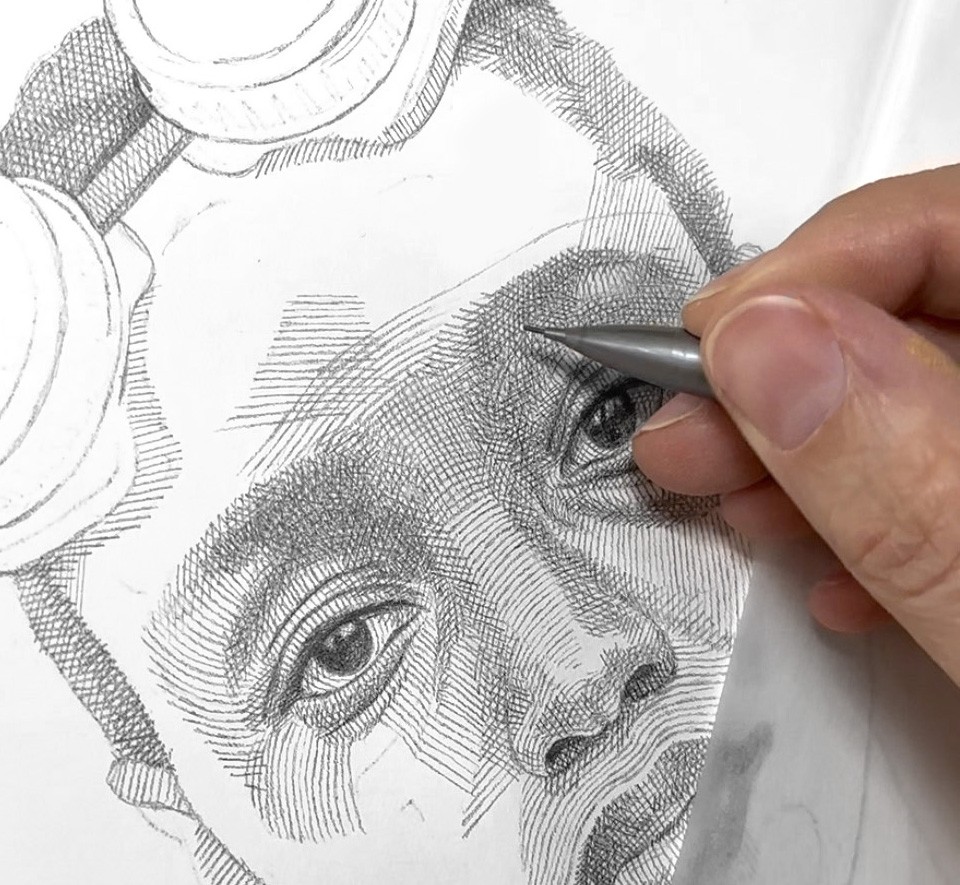
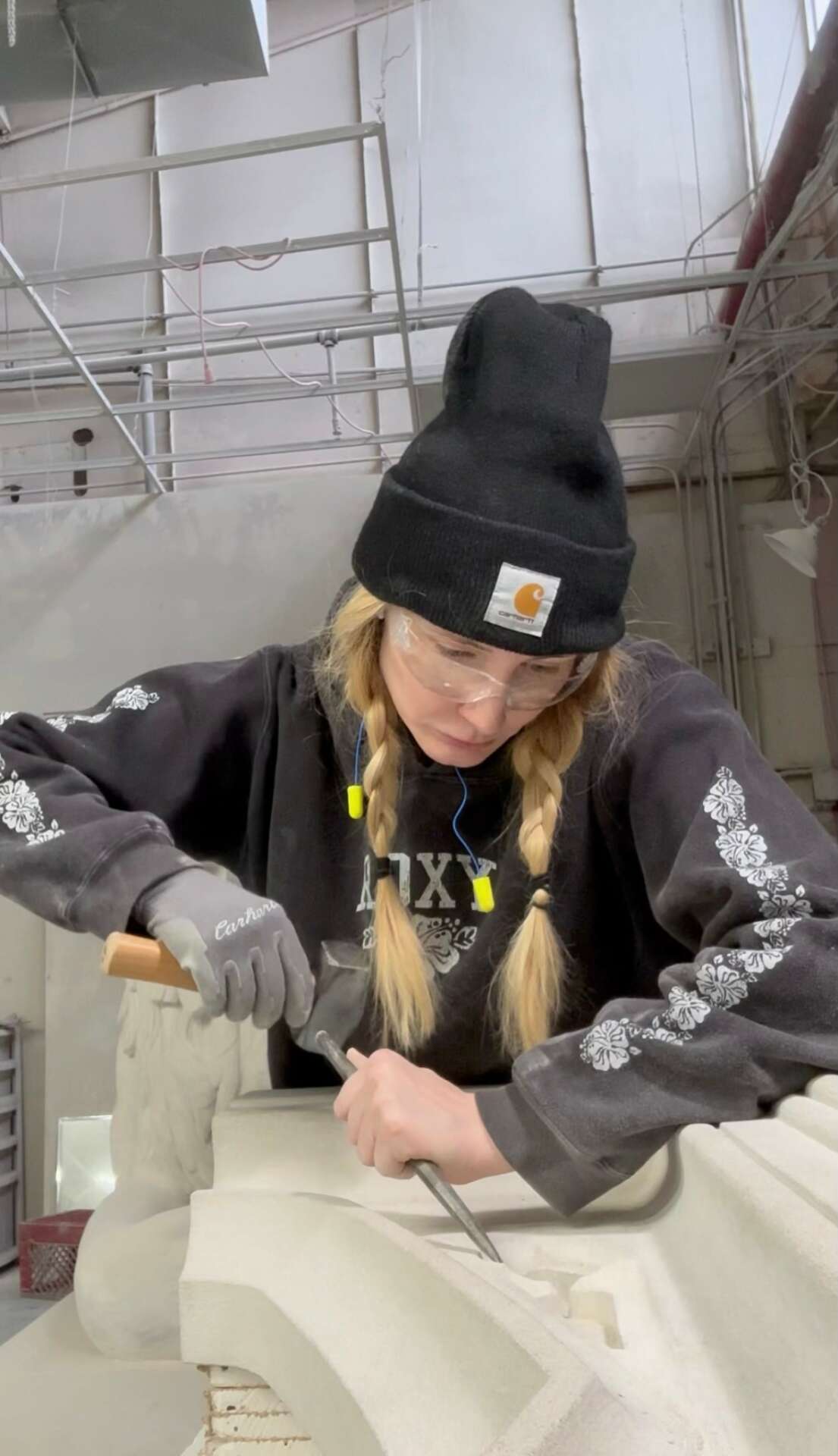
Contact Info:
- Website: www.LeighBrooklyn.com
- Instagram: @LeighBrooklynArt
- Facebook: @LeighBrooklynArt
- Linkedin: @LeighBrooklyn
- Twitter: @WLeighBrooklyn


